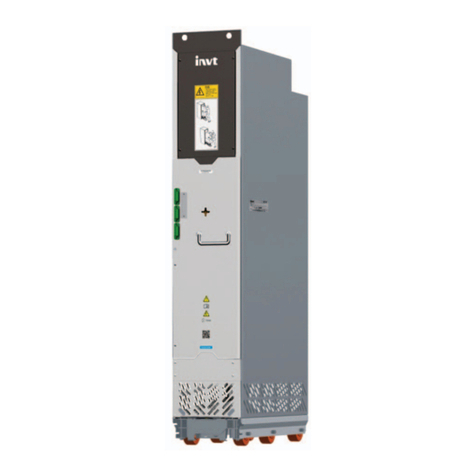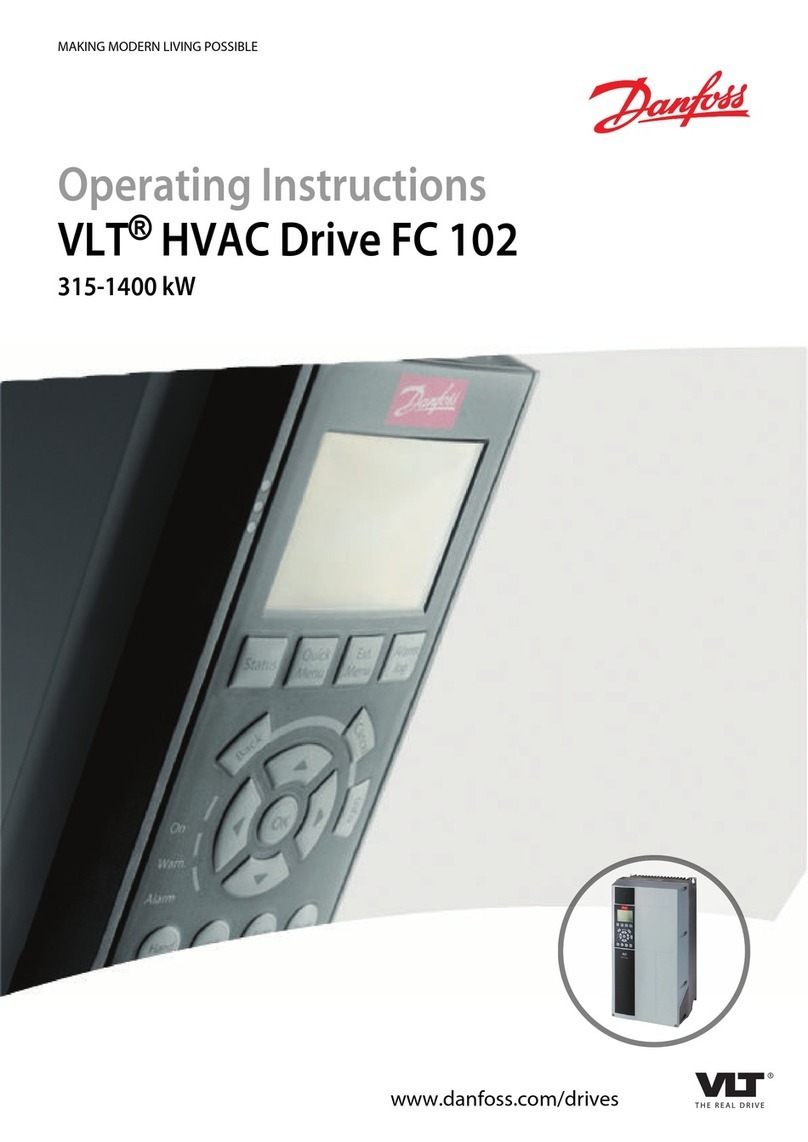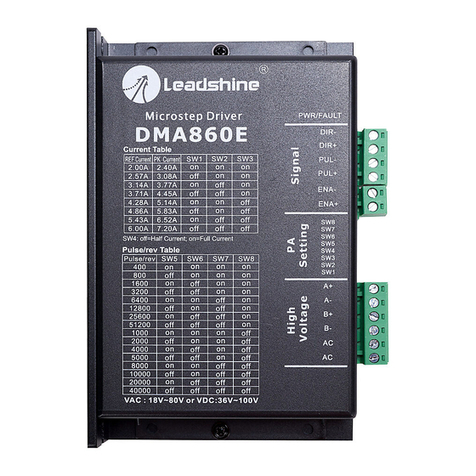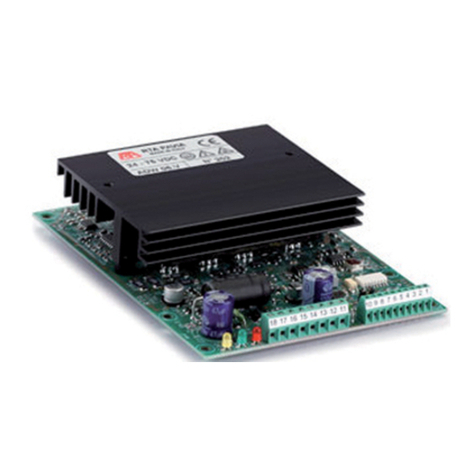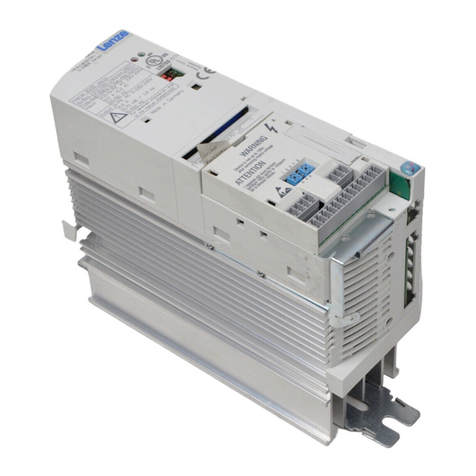TECHNICAL INNOVATIONS ED-10 User manual

ED I nst r uct i ons, Page 1
TECHNICAL INNOVATIONS
7951 Cessna Ave.
Gaithersburg, MD 20879
(301) 977-9000
domepage@er ol s. com
Electric Dome Drive (ED-10, ED-6) Instructions
Copyright 1993
Revised June, 2001
Introduction
The Electric Dome Drive system for HOME-DOME® and PRO-DOME™ observatories
provides an inexpensive, but reliable means for electric rotation of the dome. In our
smaller domes, the unit is especially useful for persons with impaired mobility or
strength, or for applications in which rotating the dome by hand is impractical (such as a
dome high above the floor, or located some distance from the observer). The electric
drive is essential for automation of your observatory.
The Electric Drive does NOT include remote indication of dome position; however, full
remote operation, including remote dome position indication, is available separately. Call
us for information on DOME-TRAK, DOME-DIAL and DIGITAL DOME WORKS
products.
Part list-- Electric Dome Drive
ED6
ED10
Drive plate/motor/roller assembly
For HD6S only, motor is mounted
horizontally. For all other domes, the
motor is mounted vertically.
2 2
Pivot arm, 10-32x½" bolt w/ lock-nut,
¼-20x1" bolt w/locknut
2 2
Pivot bushing, 1/4-20x1 FH, fender
washer, nut
2 2
Spring and chain
2
2
Hook w/ ¼-20x1" FH, washer, nut
2
2
Twisted pair wire
7' length
1 1
10' length
1
17' length
1
Instructions
1
1

ED I nst r uct i ons, Page 2
Overview of Installation
The Electric Dome drive consists of two motor drive plates and associated installation
hardware.
•Each plate has a 12 VDC motor with a cog belt driving two rollers.
•Two idler arms maintain proper belt tension.
•A spring and lever system presses the drive plate and rollers against the underside of
the Dome Support Ring (DSR).
•Each plate can slide up and down on the pivot bearing about 1.5 inches, as well as
pivot up to 1/2 inch, thus allowing both rollers to remain in good contact even when
moving over irregularities on the underside of the DSR.
•Reversing the voltage to the motor reverses the dome direction.
The dome drive is supplied by a 12 V Power Supply that includes a toggle switch for the
motors. If an electric shutter is used, the same power supply serves both purposes, but you
use the second toggle switch.
In the 10-foot dome, 360º rotation of the dome takes about one minute.
The drive plate mounts on the inside of the base ring, so that the rollers press up against
the underside of the DSR flange through a hole in the base ring upper flange. The rollers
push against traction material on the underside of the DSR.
The dome drive requires holes in the base ring upper flange, to allow the drive rollers to
contact the underside of the DSR. Traction material and the flange holes will be prepared
at the factory. Each drive plate also requires several 1/4-inch holes in the base ring wall.
Installation during initial dome assembly takes about one hour. A retrofit installation
(i.e., installing the ED after dome is in use) takes approximately two hours.
Important: if the dome requires major effort to turn by hand, the drive will not solve the
problem: you should correct any problems with dome turning before adding the dome
drive system. Please consult the instruction manual for advice in solving dome rotation
problems. If you need assistance, please call Technical Innovations.
Before you begin . . .
•Hole Check. Check to see whether the hole(s) for the motor drives have been
prepared at the factory. If you are not sure whether the dome drive holes have been
cut in your base ring, just examine the underside of the base ring flange, using Figure
2 as a guide. Look for holes approximately 6-in. long and 1 1/2 in. wide. One hole
should be to the right of the slot (in home position), and the second diametrically
across the dome.

ED I nst r uct i ons, Page 3
•Traction Check. Also check the traction material (grit) applied at the factory (the
underside of the DSR will feel like sandpaper). Use a stiff brush to remove any
excess.
HD6S Rotation Motor Notes
Because the base ring of the HD6S is just 9 inches high, we provide a special “sideways”
motor drive to reduce vertical height needed for the ED. Even with this, sometimes the
motor lift arm will not fit easily in place. If this happens simply cut the lift link to make it
shorter and drill a new hole for the lift link/lift arm connection. Also, depending on
exactly where you mount the motors, you may need to switch the lift arm bolt from left to
right (or vice versa) to avoid interference with the base ring joints.
Installation of Drive Plates
Using the figure as a guide, drill the holes for the spring and drive plate pivot. Install the
drive plate temporarily to check clearances, and to check that it slides easily up and down
on the pivot. You will need to place washers between the pivot and the interior of the
base ring to obtain proper clearance for easy sliding of the drive plate.
Assemble the lift arm to the lift link with the lift arm on the INSIDE (toward the interior
of the dome). Now press the drive plate up against the DSR. Hold the lift arm horizontal
and the lift link vertical (as in the figure). Mark the location of the lift arm bolt. Drill a
5/16 hole through the base ring wall, and install the carriage bolt from the outside. Use a
locknut on the inside and tighten it enough for the arm not to wobble, but leave it loose
enough so that the arm can pivot.
Mounting the Drive Plates.
With the drive plate pivot bearing mounted, the drive plate simply slides up from beneath,
as shown. The spring must be stretched to hook onto the s-hook. You may wish to use
the short length of chain to adjust the proper spring tension. The spring lifts the drive
plate into operating position with contact with the DSR.
Note that the dome cannot be turned by hand with the dome drive in position. To
disconnect the dome drive, unhook the spring, and lower the plate(s) out of the way.
Wiring the Dome Drive.
See the included Power Supply instructions for mounting the power supply.
The dome drive is simple to wire. Simply connect the motors to the power supply with
the wire provided. If two motors are used, as in the ten-foot dome, wire them in parallel
(red to red, etc.). Use cable clips to hold the wire out of the way (or use conduit or other

ED I nst r uct i ons, Page 4
material as desired). If you wish to shorten the wires, feel free to do so. If you wish to
splice on additional wire, use #14 or #12 wire.
The wires feed into the Power Supply, where they connect to the terminals providing the
TOP "switched" power.
Operation.
Operate the toggle switch to run the dome in either direction. Check that the motors turn
in the same direction (reverse wiring if they don’t). You will notice that as the dome
rotates, the drive plates will move up and down, and pivot (rotate) as they follow the
underside of the DSR. If you want to assist the dome in turning at any time, that is
perfectly OK.
Caution: if the drive rollers are skidding on the traction material, do not operate until the
problem is resolved (otherwise the roller surface or the drive belt will be worn down).
Problem Solving.
* One motor turns one way, and the other opposite. The result will be lots of noise and
no action! Reverse the wires on one of the motors.
* One Drive Unit Skids. In this case, the rollers rotate, but the dome does not move.
Check that the rollers are in up contact with the DSR. You may find that the drive roller
hole is not large enough, or some edge of the base ring flange is projecting into the way of
the plate, so that it cannot move up and down freely. Also check that the pivot bearing
slides freely in the drive plate slot.
* Both Drive Units Skid. The probable cause is that the dome is too hard to turn. With
the drive units not in operation (i.e., retracted), you should be able to turn the dome
without major effort. If you cannot, find and correct the problem, so as to gain better
operation.
* Belt Slippage. You may find that under heavy loads a motor may turn, but the cog belt
slips on the motor drive gear. You will hear this as a heavy vibration and buzzing from
the motor. This may arise from improper belt tension, or from a defect in the drive unit.
If this occurs, inspect the drive plate carefully. In general, the belt should be under
substantial tension (push down about 1/8 inch between the rollers). The idler arms should
both be in contact with the belt, and their spring should be stretched approximately 1/4
inch. You should easily be able to move the idler arms (both at once) side to side.
Looking beneath the motor bracket, check that the drive gear is properly attached to the
motor drive plate. If you cannot find and correct the problem, please call us for
assistance.

ED I nst r uct i ons, Page 5
Turning the dome by hand
If you want to rotate the dome by hand instead of with the motors, or if you experience a
power failure while using the dome -- loosen the spring from its hook, thus lowering the
pivot arm. Now the drive plate does not touch the traction material. You can now turn
the dome in either direction.
To resume motorized operation, reconnect the springs to their bolts and you are back in
business.
hdins\ed10ins2.doc

SPRING
PIVOT BEARING
DOME SUPPORT RING
BASE RING FLANGE
DRIVE PLATE
NOT TO SCALE
SPRING HOOK
FIG. 51
DOME DRIVE PLATE
FIG. 51
DOME DRIVE PLATE
NOTE: DRIVE BELT AND BELT IDLER ARMS DELETED FOR CLARITY
NOTE: You may switch pivot arm left-right if desired.
NOTE: Motor for HD6S is horizontal
ED1
1/4 BOLT/WASHERS/
PIVOT BUSHING/ LOCKNUT
1/4 BOLT/WASHERS/
PIVOT BUSHING/ LOCKNUT
1/4 BOLT
LOCKNUT
WASHER
PIVOT ARM
NUT
WASHER
CARRIAGE BOLT
060101
Lift Link
PIVOT ARM 1/4 BOLT
Hook chain to
set tension
Lock Nut
NOTE: Install washers
as needed to obtain
smooth drive plate
movement

ED2
6" SEE INSTRUCTIONS
1"
5"
11/2"
7"
BASE RING FLANGE
BASE RING INNER WALL
5/16 "
TWO HOLES, 1/4 IN.
FIG 53 - DRIVE MOUNTING HOLES
PLASTIC BUSHING (PIVOT)
STANDARD WASHER(S)
LARGE WASHER
LOCK NUT
DRIVE PLATE PIVOT BEARING
(SIDE VIEW)
DRIVE PLATE PIVOT BEARING
(SIDE VIEW)
LOCKNUT
WASHER
PIVOT ARM
NUT
WASHER
CARRIAGE BOLT
NOTE: Install washers
as needed to obtain
smooth drive plate
movement
This manual suits for next models
1
Popular DC Drive manuals by other brands
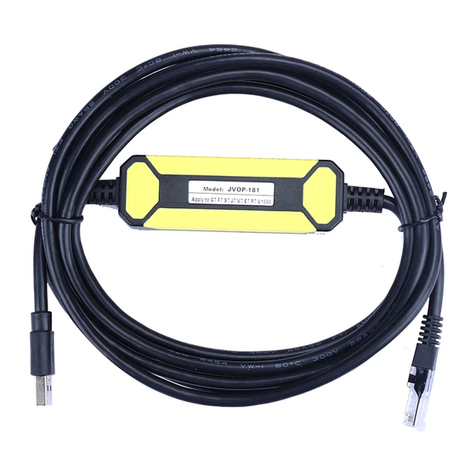
YASKAWA
YASKAWA JVOP-181 Driver installation guide
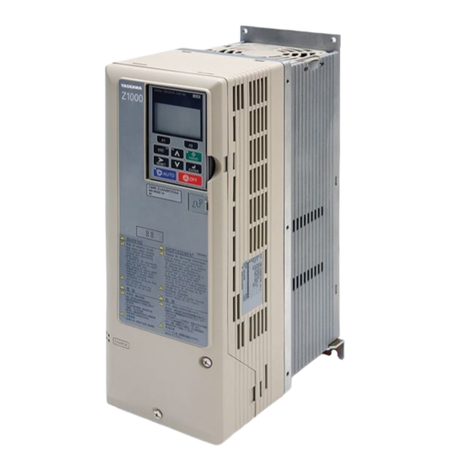
YASKAWA
YASKAWA Z1000 CIMR-ZU*A Series User's manual supplement

Fantom Drives
Fantom Drives Venom8 product manual
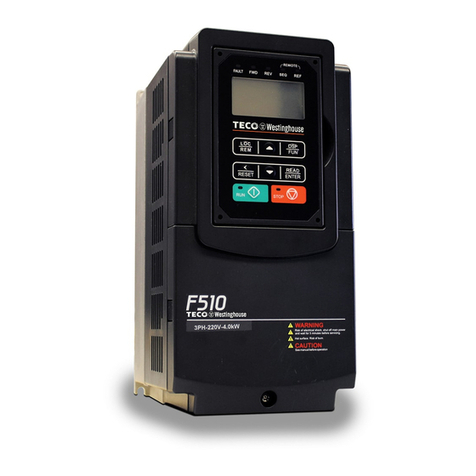
TECO-Westinghouse
TECO-Westinghouse F510 Series user manual
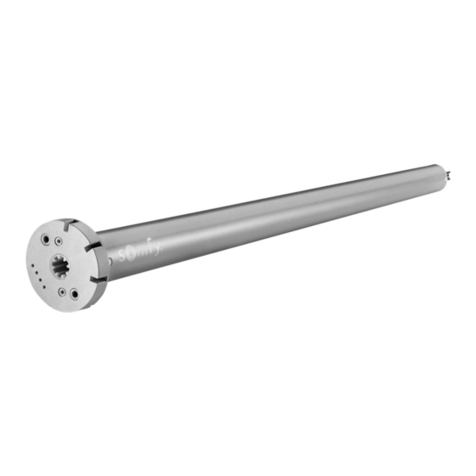
SOMFY
SOMFY Sonesse ULTRA 30 WireFree RTS Li-ion Quick programming guide
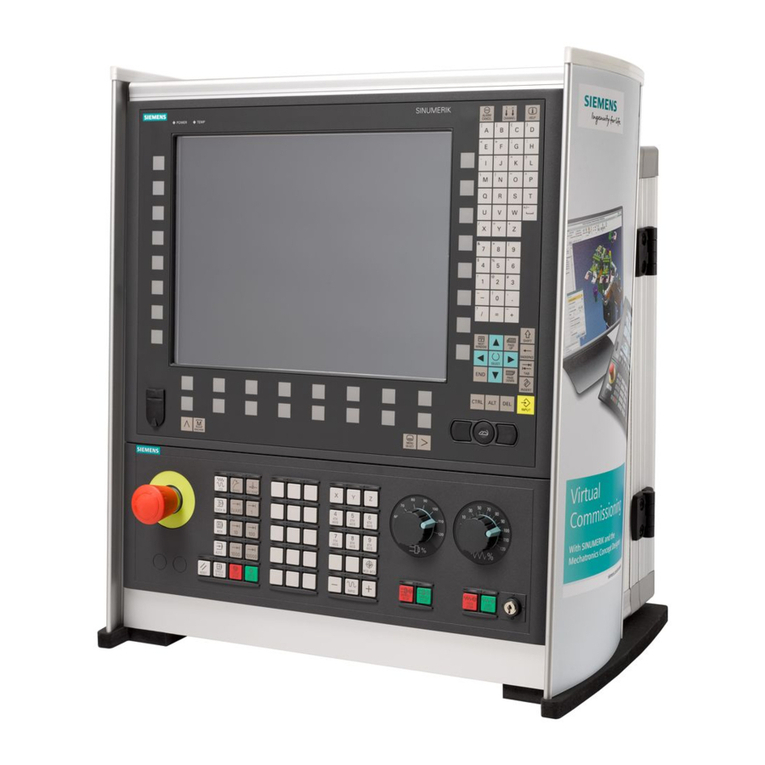
Siemens
Siemens SINUMERIK 840D sl Programming manual
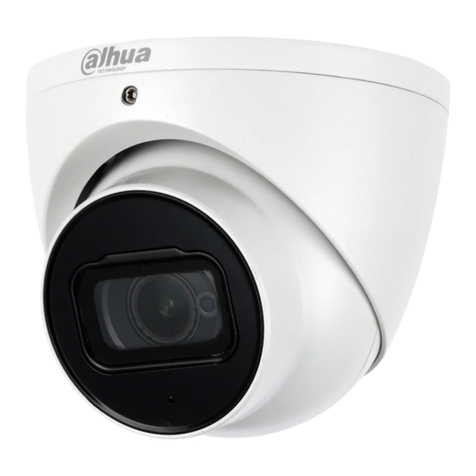
Motion
Motion SMD 4.0 Series Operation and installation manual
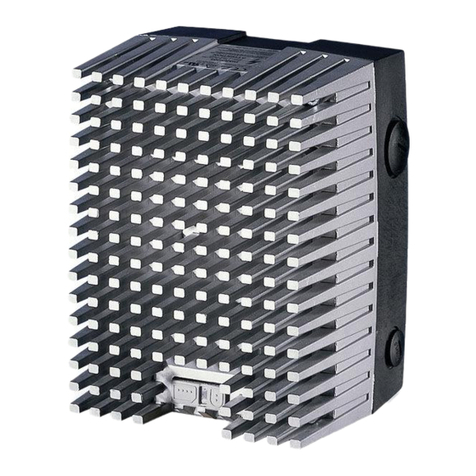
Lenze
Lenze 8200 motec Mounting instructions
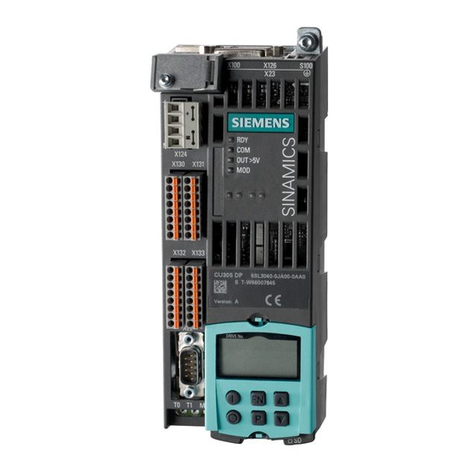
Siemens
Siemens SINAMICS S110 Function manual
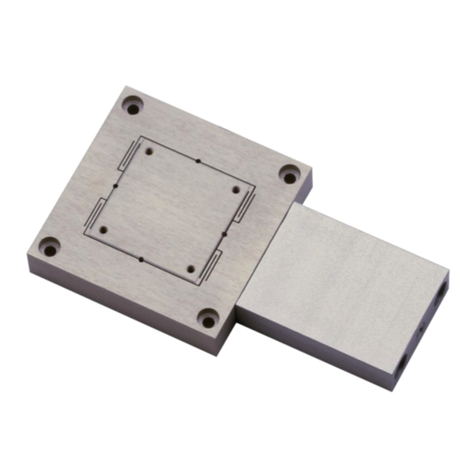
Piezoconcept
Piezoconcept HS1 Installation and operation manual

Festo
Festo SLG Series operating instructions

GFA
GFA 10003738 10011 installation instructions
